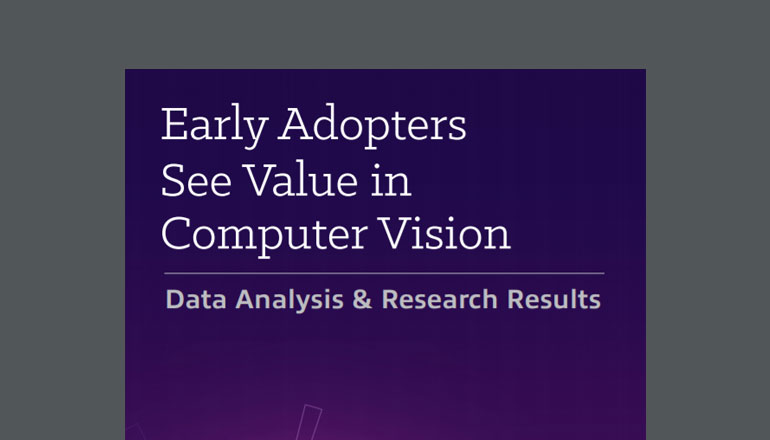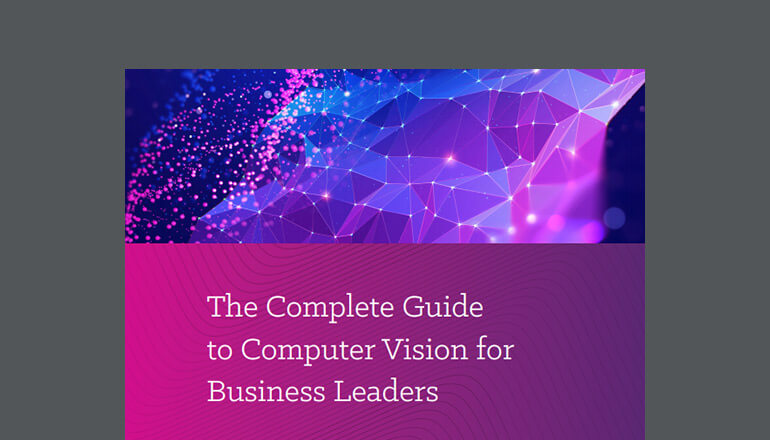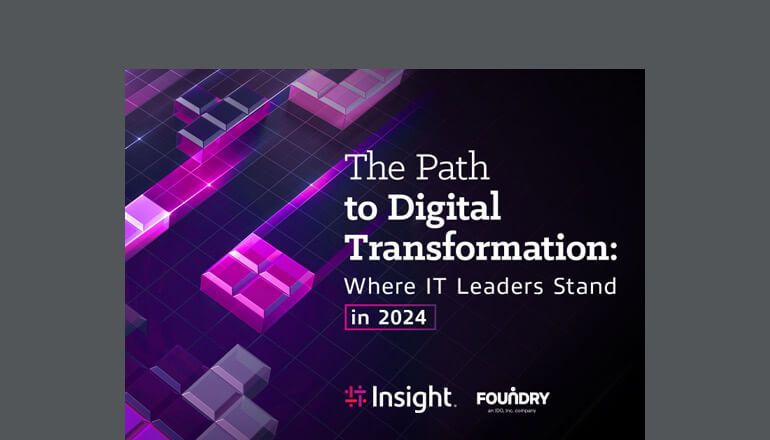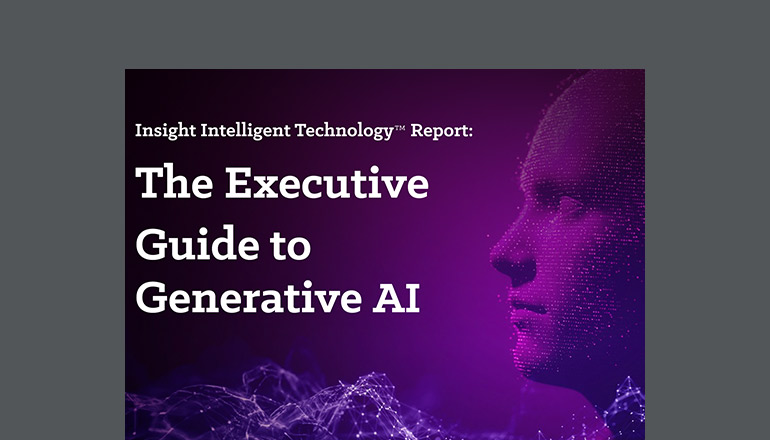Article Transformation and applications will be the hot topic of 2020
As far as IT and business is concerned, the latter half of the decade has been overwhelmingly focused on one theme: transformation.
By Insight Editor / 10 Feb 2020 / Topics: Featured

The latest suite of innovations that promise competitive advantage – from big data to AI, blockchain to VR – all operate on the premise the organisation has succeeded in taking its applications and environment and establishing itself as a digital, agile, cloud-native operation.
And yet, statistics suggest a massive 70 per cent of digital transformation initiatives fail to deliver against expectations.1 One of the biggest stories as we move into a new decade will be how organisations look to grapple with the challenges presented by transformation. Organisations will need to tread on thin ice because the failure rate is high, as is the potential for disruption, something no business can afford.
Why transformations have failed
Transformations can fail for a number of reasons – an organisation may have a siloed approach to IT, meaning the project doesn’t deliver across other lines of business, or there might be unforeseen roadblocks encountered along the way. With application modernisation, in particular, an organisation might attempt a lift-and-shift approach to transformation, but that might not be the right approach, causing compatibility issues in the organisation.
Whatever the eventual reason a project hits a wall, the underpinning cause is usually that the foundations were not set before the transformation attempt. For one example, according to the IT in Transition: How IT Leaders Are Faring report,2 62 per cent of organisations have failed to take the strategic steps necessary to document and communicate plans within the organisation.
This statistic highlights how critical having a process of assessment and modernisation is to the success of transformation. Insight’s success with its customers and its approach to transformation is a direct result of its ability to deliver the foundations and accurately audit an environment to determine the best approach to transformation.
Transformation in 2020
Research shows the number of software applications being used in organisations has increased by 68 per cent over the past four years, and 10 per cent of businesses now have more than 200 apps in their IT environments.3
One of the core drivers behind business transformation is the desire to deliver a more cohesive and streamlined environment, both internally, and so external customers can have a better experience in interacting with the business. With the prevalence and growing demand for software applications, delivering a cohesive experience is going to require a transformed environment, so into 2020 and onwards we will see applications become an even greater focus within transformation exercises.
When you look at where those applications are being turned, some of the key benefits for digital transformation in 2020 will include:
- Analytics – as analyst, Daniel Newman, put it “companies that still aren’t investing heavily in analytics by 2020 probably won’t be in business by 2021.”4 Collecting data and running better analytics relies on organisations developing data lakes, and having a transformed environment so all applications are communicating with, and using, the same sources of data.
- 5G – As a major new piece of connectivity infrastructure, 5G will influence how we work, live and play in ways we haven’t yet considered. What it means is the demands for robust connected solutions from customers and within organisations will be greater than ever, and organisations will need to anticipate a new level of demand on their applications and networks.
- AI – Current applications of AI don’t extend too much further than chatbots and basic prediction tools, but their functionality will expand dramatically in the next decade, and this too will mean AI solutions require more nimble applications, developed and updated according to agile principles, to leverage in full. Legacy applications will not be able to capitalise on AI on any level.
With this future-proofing in mind, Insight has been actively assisting customers in transitioning to new Microsoft Azure platforms, with a view to setting a strong foundation for the IT environment to capitalise on as needs grow and new opportunities arrive.
For many organisations, the start of a new decade will be the opportunity to take stock of areas of risk and opportunity. Without a successful transformation into a cloud-ready, digital environment, organisations will be at real risk of extreme disruption. While the statistics do show transformation is a challenging exercise, much of this risk can be mitigated by finding the right partner and doing the proper groundwork first.
1 https://www.mckinsey.com/industries/retail/our-insights/the-how-of-transformation
2 https://www.insight.com/content/dam/insight-web/en_US/pdfs/insight/it-in-transition-how-it-leaders-are-faring.pdf
3 https://www.wsj.com/articles/employees-are-accessing-more-and-more-business-apps-study-finds-11549580017
4 https://www.forbes.com/sites/danielnewman/2019/07/14/top-10-digital-transformation-trends-for-2020/#5d23d94776be








